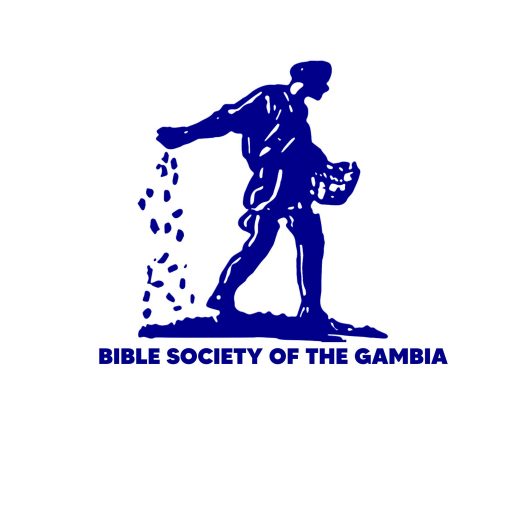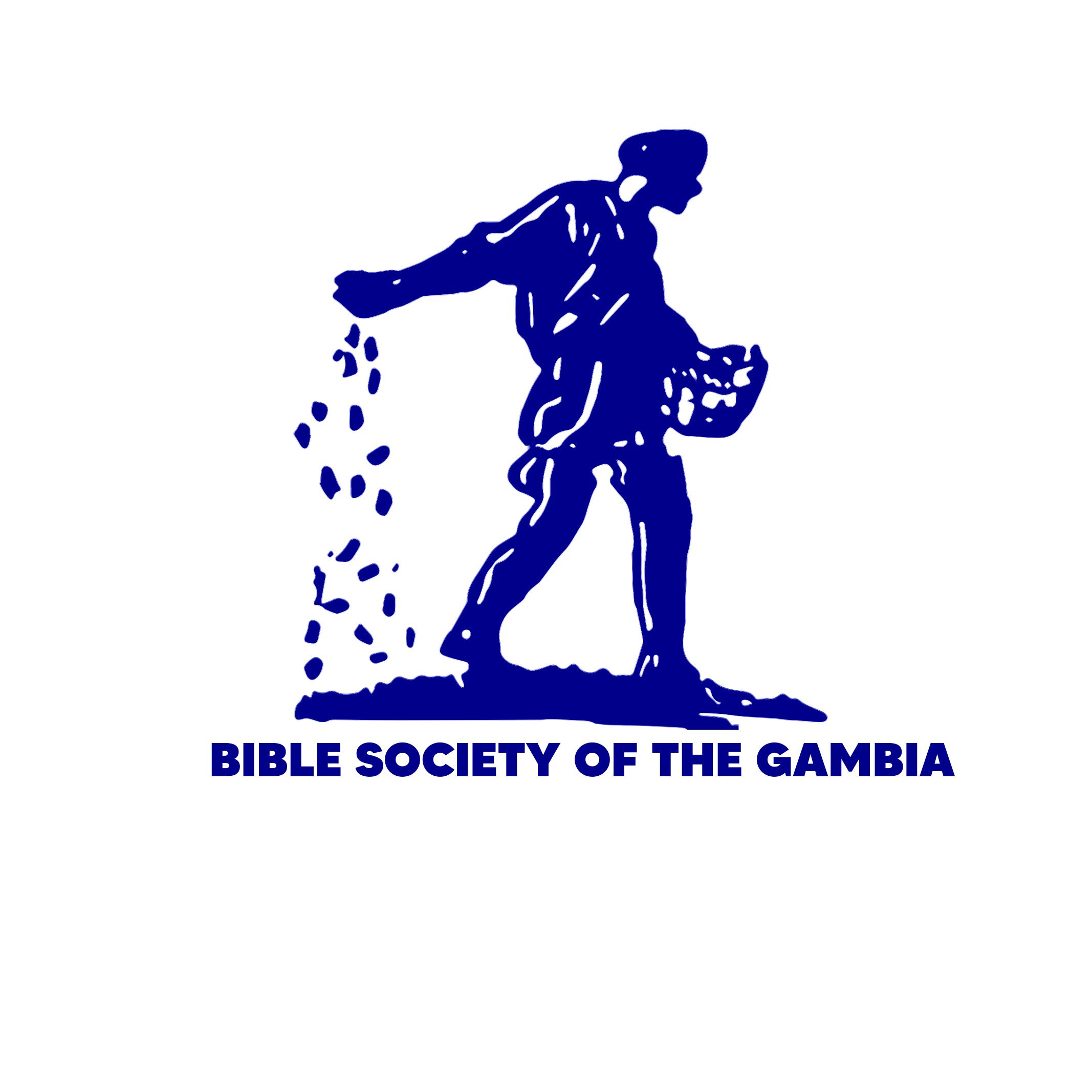Manasseh's Land West of the Jordan River
1-6 Manasseh was Joseph's oldest son, and Machir was Manasseh's oldest son. Machir had a son named Gilead, and some of his descendants had already received the regions of Gilead and Bashan because they were good warriors. The other clans of the Manasseh tribe descended from Gilead's sons Abiezer, Helek, Asriel, Shechem, Hepher, and Shemida. The following is a description of the land they received.
Hepher's son Zelophehad did not have any sons, but he did have five daughters: Mahlah, Noah, Hoglah, Milcah, and Tirzah. One day the clans that were descendants of Zelophehad's five daughters went to the priest Eleazar, Joshua, and the leaders of Israel. The people of these clans said, “The Lord told Moses to give us land just as he gave land to our relatives.”
Joshua followed the Lord's instructions and gave land to these five clans, as he had given land to the five clans that had descended from Hepher's brothers. So Manasseh's land west of the Jordan River was divided into ten parts.
7 The land of the Manasseh tribe went from its northern border with the Asher tribe south to Michmethath, which is to the east of Shechem. The southern border started there, but curved even farther south to include the people who lived around Tappuah Spring. 8 The town of Tappuah was on Manasseh's border with Ephraim. Although the land around Tappuah belonged to Manasseh, the town itself belonged to Ephraim.
9-10 Then the border went west to the Kanah Gorge and ran along the northern edge of the gorge to the Mediterranean Sea. The land south of the gorge belonged to Ephraim. And even though there were a few towns that belonged to Ephraim north of the gorge, the land north of the gorge belonged to Manasseh.
The western border of Manasseh was the Mediterranean Sea, and the tribe shared a border with the Asher tribe on the northwest and with the Issachar tribe on the northeast.
11 Manasseh was supposed to have the following towns with their surrounding villages inside the borders of Issachar's and Asher's tribal lands:
Beth-Shan, Ibleam, Endor, Taanach, Megiddo, and Dor, which is also called Naphath.
12 But the people of Manasseh could not capture these towns, so the Canaanites kept on living in them. 13 When the Israelites grew stronger, they made the Canaanites in these towns work as their slaves, though they never did force them to leave.
Joseph's Descendants Ask for More Land
14 One day the Joseph tribes came to Joshua and asked, “Why didn't you give us more land? The Lord has always been kind to us, and we have too many people for this small region.”
15 Joshua replied, “If there's not enough room for you in the hill country of Ephraim, then go into the forest that belonged to the Perizzites and the Rephaim. Clear out the trees and make more room for yourselves there.”
16 “Even if we do that,” they answered, “there still won't be enough land for us in the hill country. And we can't move down into Jezreel Valley, because the Canaanites who live in Beth-Shan and in other parts of the valley have iron chariots.”
17 “Your tribes do have a lot of people,” Joshua admitted. “I'll give you more land. Your tribes are powerful, 18 so you can have the rest of the hill country, but it's a forest, and you'll have to cut down the trees and clear the land. You can also have Jezreel Valley. Even though the Canaanites there are strong and have iron chariots, you can force them to leave the valley.”
Manase lasili talanteemoo la tundoo Yoridani tilijiyo la
1 Ñiŋ ne mu bankoo ti, meŋ sotota alikuuroo* la Manase lasiloo moolu ye, kaatu ì bota Yusufa dinkee foloo le bala. Makiri koomalankoolu, wolu le ye Kileyadi tundoo taa nuŋ fokabaŋ, aniŋ Basani tundoo, kaatu itolu le mu kelejawaroolu ti. Makiri le mu Manase dinkee foloo ti, aniŋ Kileyadi faamaa. 2 Alikuuroo keta tundoo ñiŋ na kuwo la Manase dinkee doolu fanaa ye le. Wolu le mu Abiyesa kaabiiloolu ti, Heleki, Asiriyeli, Sekemu, Heferi aniŋ Semida. Ñinnu le mu Manase koomalanka kewo doolu ti, ka bo kaabiila ka taa kaabiila.
3 Selofehadi, ate le mu Heferi dinkewo ti, Heferi, Kileyadi dinkewo, Kileyadi, Makiri dinkewo, bituŋ Makiri, wo le mu Manase dinkewo ti. Ate Selofehadi, a maŋ dinkee soto fo dimmusoolu doroŋ, mennu toolu mu Maala, Nowa, Hokila, Milika aniŋ Tirisa ti. 4 Ì taata Eleyasa yaa, meŋ mu piriisoo* ti, Yosuwa Nuni dinkewo, aniŋ ñaatonkoolu. Ì ko ì ye ko, “Yaawe* ye Musa yaamari le ka keetaafeŋo dii ntolu la, ǹ niŋ m̀ baarinkewolu.”
5 Ñiŋ ne ye a tinna, Manase lasiloo moolu ye nii taŋ soto bankoo ñiŋ to. Ì ye niyo soto Kileyadi tundoo fanaa kaŋ ne, aniŋ Basani, Yoridani tilibo karoo la, 6 kaatu Manase dimmusoolu niŋ a dinkewolu ye keetaafeŋo soto le. Bituŋ ì ye Kileyadi tundoo dii Manase koomalanka toomaalu la.
7 Manase bankoo naanewo taata le ka bo Aseri bankoo kaŋ, ka taa fo Mikimetati, meŋ be Sekemu ye tiliboo la. Naanewo ñiŋ tententa ka taa bulubaa karoo la, fo Eni-Tapuwa moolu be sabatiriŋ daameŋ. 8 Manase ye Tapuwa tundoo soto le, bari Tapuwa saatewo faŋo, meŋ be Manase naanewo to, wo be Efurayimu* lasiloo moolu le la maroo to. 9 Bituŋ naanewo ñiŋ tententa ka taa bulubaa karoo la fo Kana Wulumbaŋo to. Manase saatewolu kono, saatewo doolu be jee le, mennu tarata Efurayimu la maroo to, bari Manase naanewo faŋo be wulumbaŋo maraa kara maafaŋo le to la, fo Baa Baa* bala. A danta wo le to. 10 Meŋ be bulubaa karoo la, wo be Efurayimu la maroo le to. Bituŋ meŋ be maraa karoo la, wo be Manase la maroo to. Bituŋ Baa Baa, wo le keta ì naanewo ti tilijiyo la. Manase la bankoo maraa karoo la, a niŋ Aseri lasiloo moolu la bankoo le naaneeta wo to. Bituŋ tilibo karoo la, a niŋ Isakari lasiloo moolu la bankoo naaneeta wo to.
11 Isakari niŋ Aseri la tundoolu kono, saatewo doolu fanaa naata tara Manase la maroo to jee le, saatee baalu, ì niŋ ì dandanna saateeriŋolu. Ñiŋ saatewolu le mu Beti-Sani ti, Ibuleyamu, Endori, Taanaki, Mekido aniŋ Dori. Ì ka Dori kumandi Nafoti la le fanaa.
12 Bari hani wo, Manase lasiloo moolu maŋ ñiŋ saatewolu taa noo. Bituŋ Kanaaninkoolu naata tu sabatiriŋ tundoo ñiŋ to. 13 Kabiriŋ Banisirayilankoolu ye semboo soto, ì maŋ Kanaaninkoolu bayi jee fereŋ, bari ì ka ì foriseetoo dookundi le.
Yusufa lasiloo la kanindiroo
14 Luŋ kiliŋ Yusufa lasiloo moolu ko Yosuwa ye ko, “Muŋ ne ye a tinna, ite ye bankoo kara kiliŋ doroŋ dii ntolu la? Ntolu siyaata le, aduŋ Yaawe neemata ntolu ma baake le.” 15 Bituŋ Yosuwa naata a fo ì ye ko, “Niŋ ali siyaata, aduŋ Efurayimu konkotundoo* dooyaabaata ali fee, wo to ali taa wuloo kono, ali ye kenoo teyi ali faŋolu ye, Perisi koomalankoolu niŋ Rafa koomalankoolu la kenoolu to.”
16 Bari Yusufa lasiloo moolu ko a ye le ko, “Konkotundoo dammaa maŋ kaañaŋ ntolu fee. Aduŋ kene fanuŋo to, Kanaaninkoolu le be sabatiriŋ jee, ì niŋ ì la keleraŋ neesareetoolu*. Mennu be Beti-Sani maafaŋo la, a niŋ a dandanna saateeriŋolu, aniŋ mennu be sabatiriŋ Yesireeli Wulumbaŋo kono, fanaa bee be wo le ñaama.” 17 Bari Yosuwa ko Yusufa lasiloo moolu ye le ko, Efurayimu aniŋ Manase, “Tooñaa-tooñaa, ali siyaata le, aduŋ ali ye sembe baa le soto. Ali maŋ ñaŋ na bankoo kara kiliŋ doroŋ soto la. 18 Konkotundoo fanaa be ke la ali taa le ti. Sutoo le mu jee ti, bari ali si jee teyi noo le fo a dandulaa to ka ke ali taa ti. Kanaaninkoolu ye keleraŋ neesareetoolu soto ñaa-wo-ñaa, aniŋ ì la bambaŋo bee, ali be ì bayi noo la jee le.”

